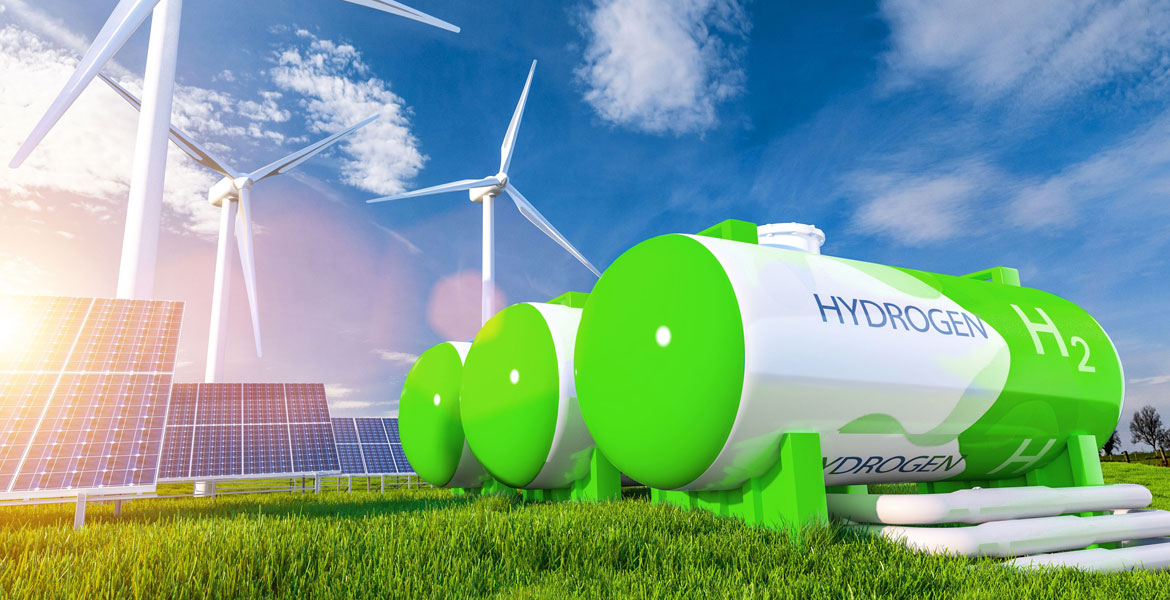India's Ministry of Ports and Shipping to Establish Three Hydrogen Hubs for Green Shipping Initiative and Maritime Vision 2030
The (MoPSW) Ministry of Ports, Shipping, and Waterways is set to establish three ports – two of the ports will be located on the east coast, while the other will be situated on the west coast of India – as hydrogen hubs as part of the Green Shipping Initiative under the Maritime India Vision 2030. According to the Union Minister for Ports and Shipping, Sarabananda Sonowal, the Paradip Port in Odisha, Deendayal Port in Gujarat, and V.O.Chidambaranar Port in Tamil Nadu will undergo development to enable the handling, storage, and generation of green hydrogen, thereby facilitating India’s hydrogen production goals by 2030. The Minister added that the Ministry of Ports and Shipping has already commenced the process of developing green ports that prioritize the reduction of greenhouse gas emissions, with the ultimate aim of establishing a sustainable Indian maritime sector
Location: Odisha port, Gujarat port, Tamil Nadu port
Services: Ports & Shipping of Green Hydrogen
India's Ministry sets Ambitious Goals for Green Maritime Secto
According to Sonowal, the Ministry for Ports, Shipping, and Waterways plans to enhance the use of renewable energy to make up 60% of the total power demand of its primary ports, which currently accounts for less than 10%. Additionally, the ports have set a target of reducing carbon emissions per ton of cargo handled by 30% before 2030.
In November of last year, the minister inaugurated the National Center of Excellence for Green Port and Shipping, which aims to assist leading Indian ports in obtaining up to 60% of their energy requirements from renewable sources such as wind and solar.
Ambitious Goals for Port and Shipping
- Use of 60% renewable energy
- Reduction of carbon emission per ton by 30% before 2030
- Green Port and Shipping is Inaugurated last year
India's Path to Carbon Neutrality in Ports
The government has planned various measures to achieve carbon neutrality in ports, including implementing renewable energy projects, installing pollution monitoring equipment, acquiring dust suppression systems, setting up sewage treatment plants, and establishing shore reception facilities for ship waste disposal. Moreover, the ministry has already started upgrading major ports by incorporating sustainable features such as shore-to-ship power, electrically powered port equipment, and storage and bunkering facilities for eco-friendly fuels like hydrogen and ammonia.

